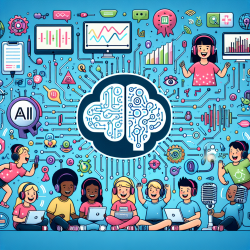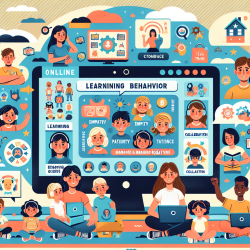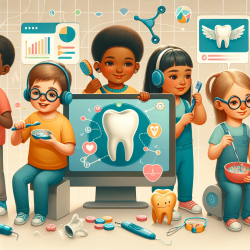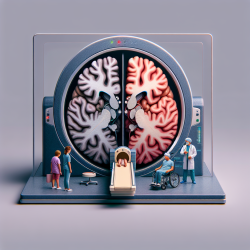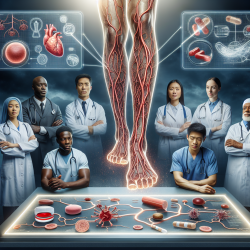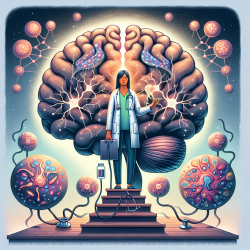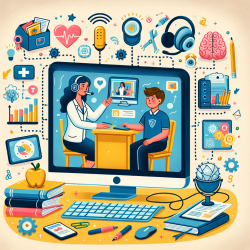Introduction
In the ever-evolving landscape of healthcare, artificial intelligence (AI) is making significant strides, not only in fields like dentistry but also in speech and language therapy. As practitioners dedicated to enhancing children's communication skills, it's crucial to stay informed about how these advancements can be harnessed to improve outcomes. A recent study, "ChatGPT for Shaping the Future of Dentistry: The Potential of Multi-Modal Large Language Model," highlights the transformative potential of large language models (LLMs) in clinical settings. Let's explore how these insights can be applied to speech and language therapy.
Understanding Large Language Models (LLMs)
LLMs, like ChatGPT, are AI systems trained on vast datasets to understand and generate human-like text. These models have shown promise in various applications, from automated diagnosis to treatment planning. In the context of speech and language therapy, LLMs can offer data-driven insights and assist in developing personalized treatment plans for children.
Applications in Speech and Language Therapy
- Automated Assessment: LLMs can analyze speech patterns and language use, providing therapists with detailed reports on a child's communication abilities. This data-driven approach ensures that assessments are thorough and objective.
- Personalized Treatment Plans: By leveraging natural language reasoning, LLMs can help tailor therapy sessions to each child's unique needs, considering factors such as age, language proficiency, and specific speech challenges.
- Educational Support: LLMs can assist in creating educational materials that are engaging and informative, helping children and their families understand the therapy process and its goals.
Challenges and Considerations
While the potential of LLMs is vast, there are challenges to consider. Data privacy is paramount, especially when dealing with sensitive information about children. Ensuring that AI systems are transparent and free from biases is also critical to maintaining trust and efficacy in therapy outcomes.
Encouraging Further Research
The integration of AI into speech and language therapy is still in its early stages. Practitioners are encouraged to engage with ongoing research and contribute to studies that explore the ethical and practical implications of using AI in therapy. Collaboration with AI experts can lead to innovative solutions that enhance therapeutic practices.
Conclusion
As we look to the future, the role of AI in speech and language therapy will likely expand, offering new tools and methodologies to support children's communication development. By embracing these technologies and committing to continuous learning, therapists can ensure they are providing the best possible care. To delve deeper into the potential of LLMs in clinical applications, I encourage you to read the original research paper: ChatGPT for shaping the future of dentistry: the potential of multi-modal large language model.
